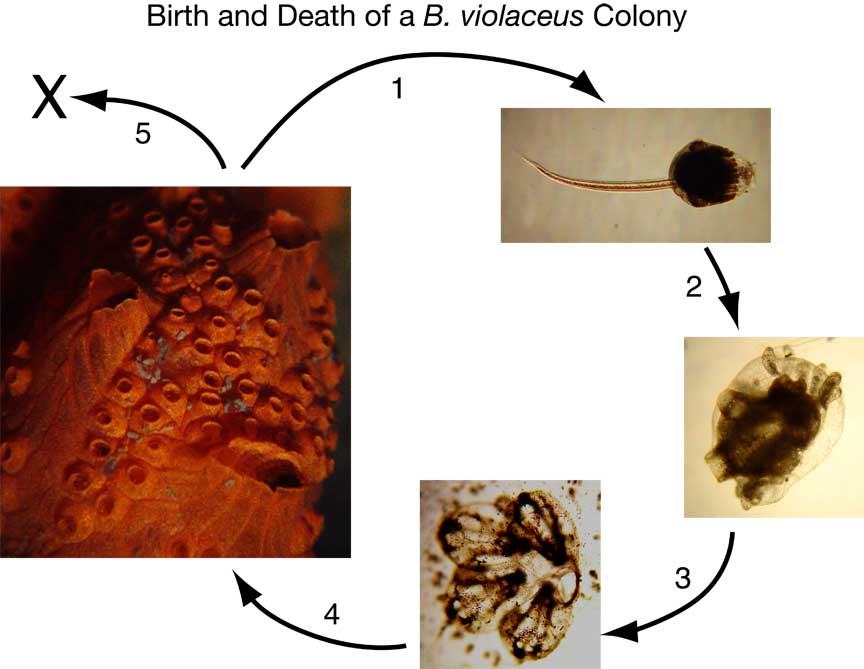Figure C-1. Birth and Death of a B. violaceus Colony.
1- A zooid in a colony produces an egg which is fertilized by sperm from another colony. In 24 hours the egg develops into a “tadpole” which escapes out the exit vent of the colony and swims upward toward light. The “tadpole” has a notochord homologous to our backbone.
2- After a few hours the “tadpole” swims downward away from light and attaches to a solid surface, in this photograph to a microscope slide. In an additional 24 hours the “tadpole” has metamorphosed into an adult zooid. The intake vent is seen at the upper left with the exit vent below it. In a week the original zooid has produced four sister zooids which have merged and formed a common exit vent (on the right).
4- After several months the zooids have increased in number to form a mature colony. Clusters of zooids have merged their outer walls and share a common exit vent, while retaining an individual intake vent.
5- The colony only lives 6-12 months, and then dies.
Figure C-2. Birth of new zooids, death of the parent.
New zooids originate as small buds at the side of the parent. As the new zooids grow the parent becomes smaller and finally is adsorbed completely. The new zooids then migrate through the tunic gel, merge, and form a common exit vent. The death of the parent zooid is an example of programmed cell death, or apoptosis. This requires the action of a complex mix of enzymes in the cells. Apoptosis occurs in many (e.g. human) embryos, and is a part of normal development. Apoptosis also occurs in adult cells that have experienced irreversible damage to their DNA. If these damaged cells do not die, they may become cancer cells and cause the destruction of the entire organism; thus it’s altruism at the cellular level.

